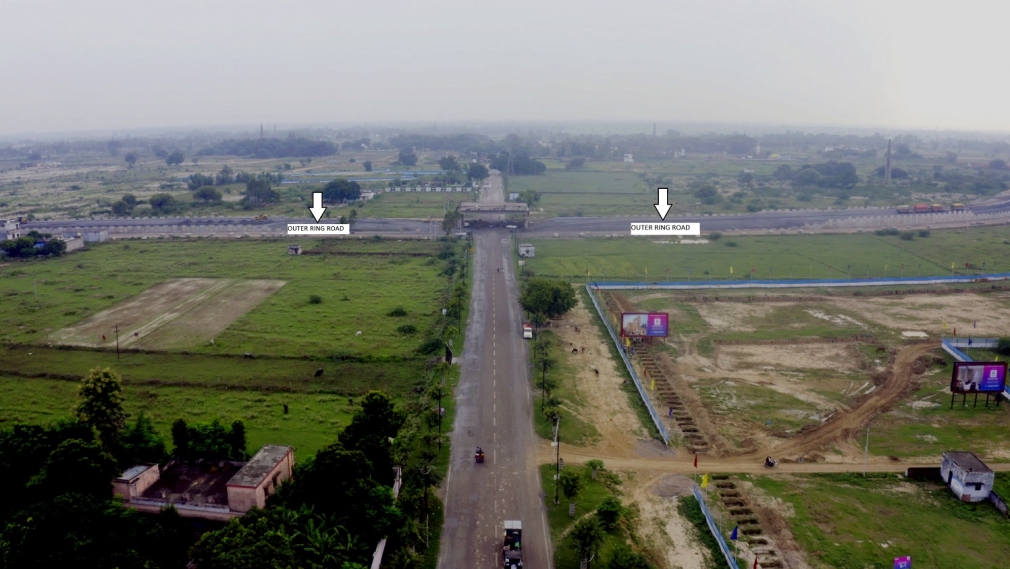Rajan Gupta | Vice President – Business Development & Corporate Strategy | Omaxe Ltd.
Growing urbanisation and the raging pandemic have created opportunities to augment the infrastructure in our cities. Parking is one such asset class that can be leveraged by urban planners and realty players alike.
This might come as a surprise to many that car parks annually generate a revenue of more than $20 billion, according to the International Parking Institute. However, in India, little attention has so far been paid towards the growing need for car parks even though millions of cars get sold each month.
According to a study by the Centre for Science and Environment (CSE), in India, a car is parked for more than 95% of the time and is driven for less than 5%. If one were to consider the economics, car parks use, at least in the metros, valuable land, which can be monetized through urban planning and architecture.
The demand is constantly rising and to accommodate rapid urbanisation, construction of multi-level parking facilities can make development more sustainable and can also have a multiplier impact on the economy.
Real estate developers can leverage this opportunity to offer urban India mixed-use complexes to create facilities with multiple benefits for all users. By allocating space for offices or retail, the commercial value of these assets can be multiplied many times. This is creating multiple opportunities for revenue generation from parking facilities.
Also, the metro cities of India, sooner or later, will exhaust opportunities for horizontal development, and a multi-level car parking system that can vertically accommodate car parks, while allowing land to be used for other use (commercial, residential, or retail) might become a necessity.
Indian metros including Mumbai, Delhi and Bengaluru have been consistently featured in the world’s top 10 most congested cities in the world for traffic. In Indian metros, the land is increasingly becoming a scarce resource. Therefore, through proper urban planning and architecture, car parks can be monetized.
The financing of these facilities is not a constraint anymore and funds can be drawn from the private sector to build these structures in a public-private partnership mode. Furthermore, vehicle-free zones are also fast gaining traction with cities across the world successfully implementing them.
It also creates a ripple effect on the region’s tourism and boosts commercial activities. Places like Mall Road in Shimla, MG Road in Gangtok, Chandni Chowk or nearby areas of Golden Temple in Amritsar have successfully tried the vehicle-free zone model.
That being said, proactive measures taken by the government with respect to the decongestion of cities and monetizing the prime real estate through a public-private partnership model is finding favour with shoppers, businesses and tourists.
It validates the business case of a land parcel that can be utilised as a car park vertically (basements), and prime real estate such as retail be developed in the higher storeys to support project costs and generate revenue so as to ensure that the government gets the targeted land value and private participants get their return on investment through project development. A car-centric development with poor parking has only left our cities cluttered and polluted. The Delhi Master Plan 2041 also stresses the need to re-organise parking facilities for maximum utilisation. The multi-level parking facilities demand lesser operational, maintenance, and construction costs and are environment-friendly with open spaces for landscaping.



2 Comments
Comments are closed.